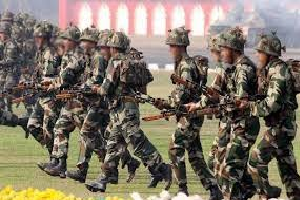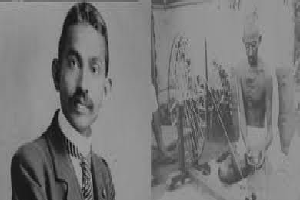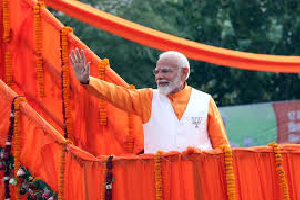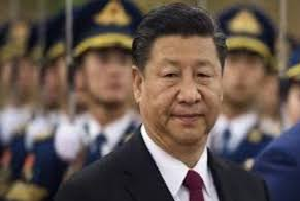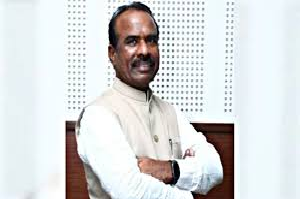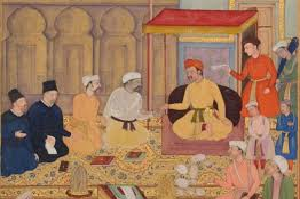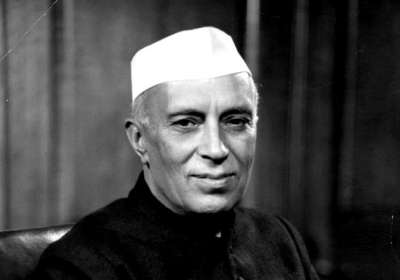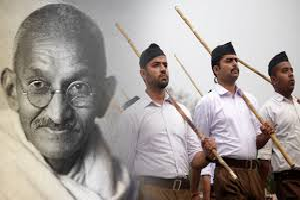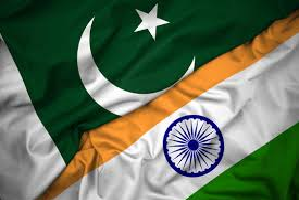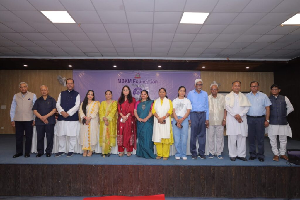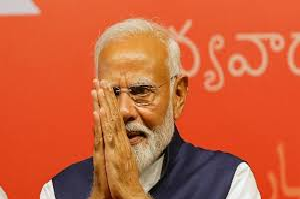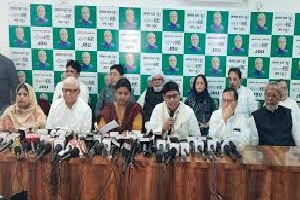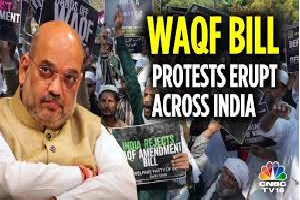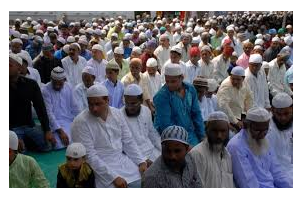3

Prof Pradeep Mathur
New Delhi, 3 July 2024
At the start of this decade, the Corona epidemic and the unplanned lockdown of all economic activity caused a major economic crisis affecting all sectors of industry. The media industry also suffered heavily. But this economic crisis has not been the only problem before the media. Our media is suffering from a much bigger crisis –the crisis caused by a loss of credibility and we do not know when and how this crisis will blow over.
Credibility takes a lot of time and effort to be built. But it can be lost much easily by much little effort. Our TV journalism, has contributed a lot to destroy the credibility of entire news media so much so that we now seem to have arrived at a point of no- return. To those who think media to be basic to a genuine democratic system it is a matter of grave concern.
Over the years T.V. journalism has no doubt developed in a big way. There are nearly 400 news channels in India which telecast news in English and different Indian languages. Their combined audience strength is formidable. It could easily be around 400 million. At the initial stages in the decades of 1960-70 TV was expected to be an input in development in the underdeveloped and the developing countries of the world. It was expected to work as a very effective change agent and was called a magic multiplier.
Article at a Glance
The Indian media industry has faced a significant crisis in recent years, particularly with the loss of credibility in TV journalism. Despite its growth and reach, TV journalism has contributed to the erosion of trust in the media.
The industry's focus on sensationalism and false news has damaged its reputation. The root of the problem lies in the commercial pressures faced by private TV channels, which prioritize high ratings and advertising revenue over quality content. To regain credibility, TV journalism must adopt a more professional approach, understanding its audience and creating content that educates and informs.
This requires a commitment to good media education, hard work, and a touch with ground reality. By doing so, TV journalism can regain its strength and play a vital role in India's democratic system.
To be fair, TV has no doubt played the role of a magic multiplier in India. Therefore, the widespread criticism bordering on condemnation and rejection of TV that we see today is singularly unfortunate. TV is neither evil nor a devil.
However, this is not to suggest that there is nothing wrong with TV in India. It has no doubt trivalized and frivalized news. It has promoted sensationalism and has very unfortunately become a channel for disseminating false news. All this has greatly damaged the credibility of news media in general.
Any loss of credibility is a big danger to the profession of Journalism and our democratic polity which looks to responsible jouernalism as its Fourth Estate after Legislature, Executive and Judiciary. Naturally any decline in the basic standards of TV journalism is a matter of great concern to all right thinking people in the media world or otherwise.
Therefore, the concerns being raised about the way T.V. journalism is going today are perfectly understandable. However, what is needed is an objective and analytical understanding of the problem and not outright condemnation and rejection of TV journalism. Cynicism does not help in understanding a problem and certainly it cannot solve any.
Let us make an attempt to understand the problem.
A. There are very few public-funded T.V. channels like Doordarshan, Lok Sabha TV and Rajya Sabha TV. All private channels have to generate their own resources to survive in business
B. Running a TV channel is a high cost business .In a highly competitive advertising market it is not easy to generate resources to run the business. Understandably the mortality rate of private TV channels is very high.
C. A large number of viewers, popularity called TRP, improves the standing of a TV channel in the ad market.
D. Unlike print media, the TV media audiences are not necessarily intelligent, educated and intellectually sophisticated. They may or may not have any understanding of the system and its institutions.
E. Since audience is the oxygen of mass media TV channels have to keep these large illiterate and semi-literate audiences in mind while shooting their programmes.
And here lies the crux of the problem. Instead of producing the content that will attract, entertain and educate the masses and raise their level of understanding and perception, most of our channels are taking the content quality down to the level of dark, uneducated and unenlightened minds of their illiterate and semi literate audiences.
That is the reason while on programme side we have such stupid stuff like “ Patal ki Seedi and discovery of the kitchen of Sita mata”, on the news side we have a totally distorted framework of history about which less said the better.
Obviously the question is What is the way out. The way out is difficult but not impossible. Indian masses, illiterate or semi literate, who constitute bulk of Indian TV audiences, are ever willing to listen and learn provided you know how to communicate with them. And to communicate with them successfully you have to understand them and not impose yourself on them. Mahatma Gandhi knew this fact.
The problem with us in the world of communication is that we look down upon our audiences and think of ourselves as a class apart. The arrogance of Anrab Goswami is a testimony to this. This is all the more true when we relate to the poor, the illiterate and semi-urban uneducated audiences. We presume that only stupid content will appeal to them. This is a monumental mistake that we commit.
>The big challenge before us is commitment to true professionalism and this calls for good media education, understanding of society, right perception, hard work. A touch with ground reality and right attitude. Only this will help us to be good content producers. A thorough study of the audience habits, behavior and attitude is the need of the hour. This will give us an idea of motivating points in audience psyche. There points have to be captured to make them interested in the real issues of health, education, jobs and social participation Content creation has to be done on this basis. And this will help TV industry as well as our society. Only such an approach will give strength to T.V. journalism and arrest its declining appeal and clout.
---------------


